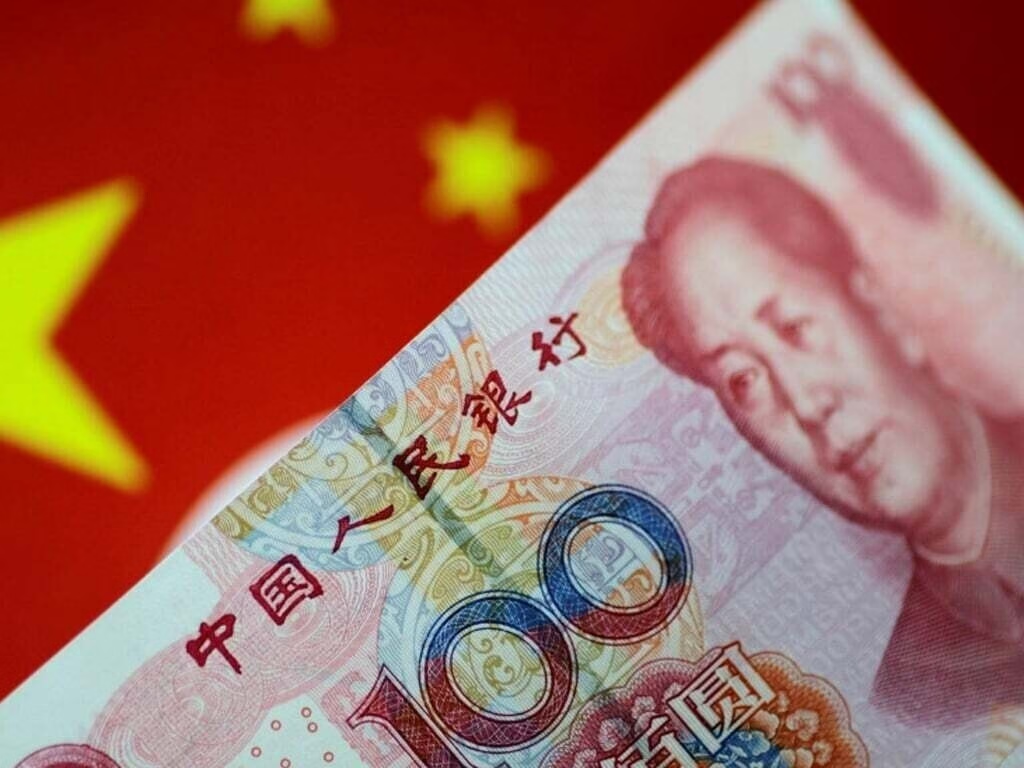China is considering the introduction of yuan-backed stablecoins as part of a new strategy to strengthen its currency’s global role. If approved, this would mark a significant shift in Beijing’s stance toward digital assets, signaling a potential reversal of the strict restrictions it imposed on cryptocurrencies in 2021.
Why Yuan-Backed Stablecoins Matter
Stablecoins are cryptocurrencies designed to maintain a constant value by being pegged to fiat currencies such as the U.S. dollar. They are widely used in digital finance for cross-border payments, fast transactions, and as a bridge between traditional money and digital assets. Currently, U.S. dollar-backed stablecoins dominate the market, accounting for over 99% of global supply, according to the Bank for International Settlements.
By introducing yuan-backed stablecoins, China hopes to expand the use of its currency globally. This move could help counterbalance the U.S. dollar’s dominance in digital finance, especially at a time when dollar-linked tokens are gaining traction among Chinese exporters and traders.
The Roadmap for Internationalisation
According to sources familiar with the matter, the State Council—China’s cabinet—will review a roadmap later this month that may include clear targets for the yuan’s international usage. The plan is expected to assign responsibilities to regulators such as the People’s Bank of China (PBOC) and provide guidelines for risk management.
Senior Chinese leaders are also expected to hold a study session focused on stablecoins and the yuan’s global role. This session could set the tone for how stablecoins will be applied in cross-border trade and business, outlining their boundaries and development pathways.
If approved, the roadmap will likely position Hong Kong and Shanghai as pilot hubs for implementing yuan-backed stablecoins. Hong Kong already introduced a stablecoin ordinance on August 1, making it one of the first jurisdictions to regulate fiat-backed stablecoin issuers. Meanwhile, Shanghai is building an international operations center for the digital yuan, which could complement the new initiative.
Challenges Ahead for Yuan Stablecoins
Despite the potential benefits, several challenges remain. China maintains tight capital controls to manage the flow of funds across its borders. While such measures safeguard financial stability, they also hinder the free circulation of the yuan internationally—a key factor for any stablecoin to succeed.
Moreover, China’s large trade surplus, while showcasing its economic strength, can limit incentives for foreign partners to hold yuan-denominated assets. Without broader structural reforms, a yuan-backed stablecoin might face the same obstacles that have historically slowed the internationalization of the Chinese currency.
Still, analysts suggest that stablecoins could provide a new mechanism for international settlements, particularly with countries in Asia, Africa, and the Middle East that are increasingly looking to diversify away from dollar dependence.
Competing with the U.S. and Asia
China’s push comes amid intensifying geopolitical and financial competition with the United States. Earlier this year, U.S. President Donald Trump endorsed stablecoins, setting the stage for a regulatory framework that could further entrench dollar dominance in the digital asset space.
Other Asian economies are also moving ahead with similar initiatives. South Korea has pledged to enable companies to issue won-based stablecoins, while Japan is building infrastructure for yen-backed tokens. These developments underscore the race among major economies to shape the future of digital money.
Global Market Potential
The global stablecoin market, though still relatively small at about $247 billion (CoinGecko, 2024), is expected to grow significantly. Standard Chartered Bank projects it could reach $2 trillion by 2028, fueled by demand for faster, cheaper, and more transparent cross-border payment systems.
China’s entry into this market with yuan-backed stablecoins could reshape global finance. If successful, it would not only enhance the yuan’s appeal as a settlement currency but also create new opportunities for trade partners seeking alternatives to the U.S. dollar.
Next Steps and Global Impact
Details of the plan are expected to be released in the coming weeks. Discussions at the Shanghai Cooperation Organisation (SCO) Summit, scheduled for Aug. 31–Sep. 1 in Tianjin, may also touch on expanding the use of the yuan and possibly stablecoins in cross-border payments.
For China, this move represents more than just a financial innovation. It is part of a broader strategy to assert greater influence in the global monetary system while providing its exporters and businesses with more efficient tools for international trade.
If yuan-backed stablecoins gain traction, they could mark the beginning of a new chapter in global finance—one where the digital yuan and its tokenized forms play a much larger role in shaping trade, investment, and monetary flows.



